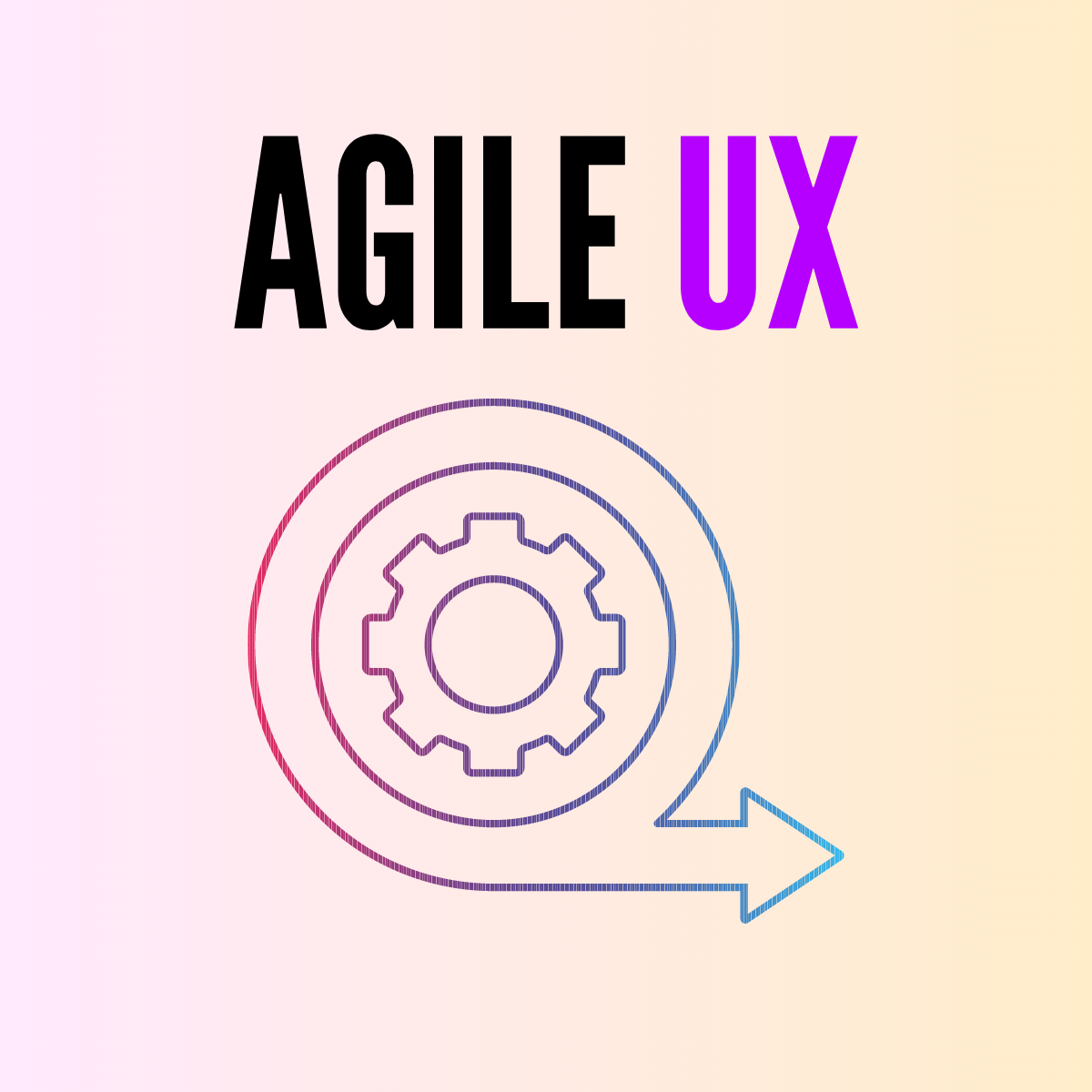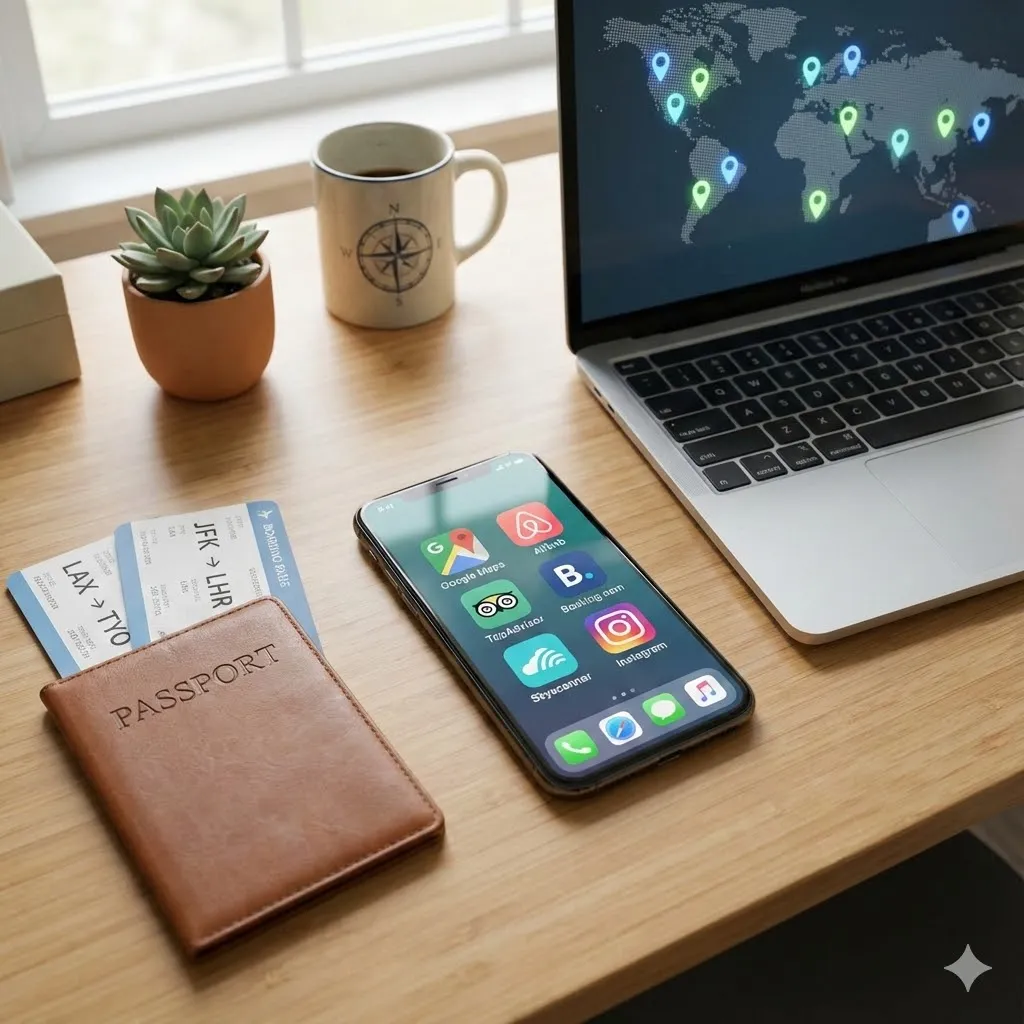Understanding Agile UX
Agile User Experience (UX) is an approach to product design and development that focuses on collaboration, flexibility, and iterative improvements. It combines the principles of Agile software development with UX design practices, aiming to create user-centric and innovative products. Agile UX promotes cross-functional teamwork, quick feedback loops, and continuous iteration, enabling designers to respond to user needs and market changes effectively.
The Importance of Agile UX for Designers
- User-Centricity: Agile UX puts the user at the forefront of the design process. By involving users early and frequently, designers gain valuable insights, understand their needs, and refine designs accordingly. This iterative approach ensures that the final product aligns closely with user expectations, resulting in enhanced user satisfaction and adoption.
- Collaboration and Communication: Agile UX emphasizes collaboration among team members, including designers, developers, product owners, and stakeholders. Through regular communication and knowledge sharing, designers can work closely with other team members, align goals, and make informed design decisions. This collaborative environment fosters creativity, innovation, and a shared sense of ownership, leading to better design outcomes.
- Flexibility and Adaptability: In today’s fast-paced digital landscape, design requirements can change rapidly. Agile UX embraces this uncertainty by allowing designers to adapt and adjust their approach as needed. Through incremental iterations and feedback loops, designers can continuously refine and improve their designs, incorporating new insights and market trends. This adaptability ensures that the design process remains agile and responsive to evolving user needs.
- Faster Time-to-Market: Agile UX promotes a lean and iterative workflow, enabling designers to deliver usable products faster. By breaking down the design process into smaller, manageable chunks called sprints, designers can prioritize and tackle design tasks more efficiently. This iterative approach reduces the risk of late-stage design changes, allowing products to reach the market sooner, and gain a competitive edge.
- Minimizing Rework and Waste: Traditional design approaches often involve extensive upfront planning, which may lead to wasted effort if the design needs to be significantly revised. Agile UX minimizes rework by continuously validating and refining designs through user feedback and testing. This iterative validation helps identify potential issues early, reducing the likelihood of costly redesigns and ensuring efficient use of design resources.
- Continuous Improvement: Agile UX encourages a culture of continuous improvement, where designers are constantly learning and evolving their skills. Through retrospectives and feedback loops, designers can reflect on their work, identify areas for improvement, and implement changes in subsequent iterations. This focus on continuous learning and growth empowers designers to enhance their expertise and deliver increasingly impactful design solutions.
Embracing Agile UX for Design Success
To harness the benefits of Agile UX, designers can adopt the following practices:
- Embrace Collaboration: Engage in frequent and open communication with team members, stakeholders, and users. Collaborate closely with developers, product owners, and other designers to align goals and create a shared understanding.
- Iterate and Validate: Break the design process into smaller iterations and regularly validate designs through user feedback and testing. Embrace a mindset of continuous improvement and be open to refining and adapting designs based on user insights.
- Emphasize User Empathy: Strive to deeply understand user needs, behaviors, and motivations. Incorporate user research and usability testing to inform design decisions and create meaningful user experiences.
- Be Agile in Design Thinking: Embrace flexibility and adaptability in your design process. Emphasize quick iterations, feedback loops, and responsiveness to changing requirements and market dynamics.
- Foster a Learning Culture: Continuously learn and grow as a designer. Seek feedback, reflect on your work, and embrace opportunities to enhance your skills and knowledge.
You can see how these principles come to life in modern San Fernando Web Designs, where agility and empathy shape websites that actually connect with users.
Agile UX Methodologies
Agile UX encompasses various methodologies that designers can leverage to streamline their design processes and maximize collaboration. Here are a few commonly used methodologies:
- Scrum: Scrum is an iterative and incremental framework within Agile that helps teams manage complex projects. It involves breaking down the design process into smaller time-boxed iterations called sprints, usually lasting 1-4 weeks. Designers collaborate closely with the development team, product owners, and stakeholders to prioritize and deliver design increments in each sprint.
- Design Sprints: Inspired by the Google Ventures methodology, design sprints are intensive workshops aimed at solving design problems in a condensed timeframe. These sprints typically last five days and involve cross-functional teams collaborating to ideate, prototype, and validate design solutions. Design sprints enable designers to quickly test ideas, gather feedback, and iterate on designs within a short timeframe.
- Lean UX: Lean UX is an iterative and data-driven approach that emphasizes rapid experimentation and learning. It encourages designers to create minimal viable products (MVPs) or prototypes to gather user feedback early on. This feedback informs subsequent design iterations, allowing designers to refine and enhance the product based on real user insights.
- Kanban: Kanban is a visual project management framework that focuses on continuous workflow and optimizing the efficiency of tasks. Designers use a Kanban board to track and visualize the progress of design activities, from ideation to implementation. It provides transparency and enables the team to identify bottlenecks, manage priorities, and ensure a smooth and continuous flow of work.
Benefits of Agile UX for Designers
- Enhanced Collaboration: Agile UX fosters collaboration and effective communication among designers, developers, and other stakeholders. This collaborative environment leads to a shared understanding of project goals, increased cross-functional alignment, and better teamwork.
- Rapid Feedback Loops: Agile UX emphasizes regular feedback from users and stakeholders. Designers can quickly gather insights, validate design decisions, and make necessary adjustments early in the process. This reduces the risk of developing products that do not meet user expectations.
- Improved User-Centric Design: By involving users throughout the design process, Agile UX ensures that designs are tailored to their needs and preferences. This results in more user-centric products that are intuitive, engaging, and satisfying to use.
- Reduced Rework and Waste: Through iterative design and continuous feedback, Agile UX minimizes the likelihood of extensive rework and wasted effort. Designers can course-correct early on, leading to more efficient use of resources and reducing overall project costs.
- Adaptability to Changing Requirements: Agile UX embraces changes in project requirements, market trends, and user needs. Designers can respond quickly and pivot their designs to address evolving circumstances, resulting in more adaptable and successful products.
- Increased Productivity and Time-to-Market: The iterative nature of Agile UX allows for incremental design and development, enabling products to reach the market faster. By focusing on delivering value in short cycles, designers can achieve higher productivity, meet deadlines, and gain a competitive edge.
- Continuous Learning and Growth: Agile UX encourages a culture of continuous learning and improvement. Designers can refine their skills, experiment with new ideas, and incorporate user feedback into their future designs, fostering professional growth and expertise.
Implementing Agile UX Successfully
To implement Agile UX effectively, consider the following best practices:
- Establish Clear Goals: Define clear objectives and outcomes for your design project. Ensure that all team members have a shared understanding of project goals and user needs.
- Involve Users Early and Often: Engage users throughout the design process to understand their perspectives, validate design decisions, and gather feedback for iterative improvements.
- Collaborate and Communicate: Foster a collaborative environment where designers, developers, product owners, and stakeholders can openly communicate and work together. Encourage regular meetings, knowledge sharing, and cross-functional collaboration.
- Prioritize and Iterate: Break down the design process into manageable iterations or sprints. Prioritize design tasks based on user needs, business value, feasibility, feedback, and insights.
- Embrace Experimentation: Encourage designers to experiment with different design approaches, prototypes, and solutions. Emphasize learning from failures and iterating based on insights gained through experimentation.
- Foster a Culture of Feedback: Promote a culture where feedback is valued and encouraged. Provide constructive feedback to fellow team members and welcome feedback from users and stakeholders. This feedback-driven approach helps refine designs and fosters continuous improvement.
- Adapt and Evolve: Be open to adapting and refining your design process based on project requirements, team dynamics, and user feedback. Continuously evaluate and optimize your Agile UX practices to ensure they align with the project’s evolving needs.
By embracing Agile UX methodologies and incorporating these best practices, designers can create user-centered, high-quality products that meet the ever-changing demands of the market.



